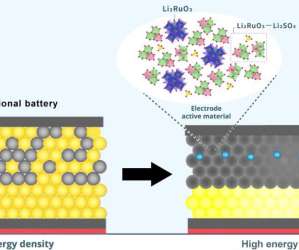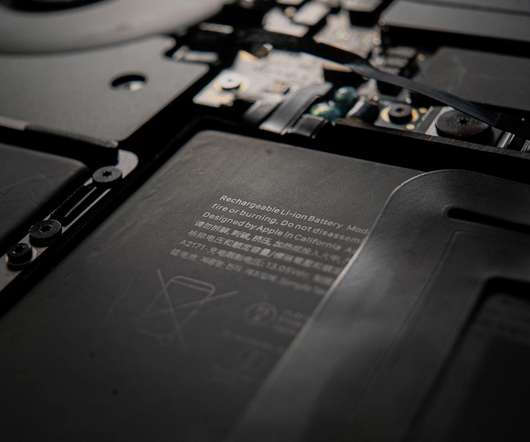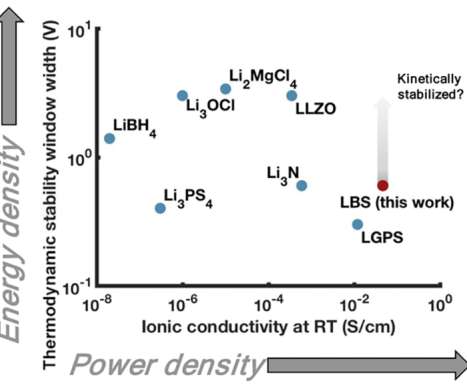New electrode material for solid-state batteries improves performance
Green Car Congress
FEBRUARY 21, 2021
An all-solid-state lithium battery using inorganic solid electrolytes requires safety assurance and improved energy density, both of which are issues in large-scale applications of lithium-ion batteries. However, they have never been applied to all-solid-state batteries.
















Let's personalize your content